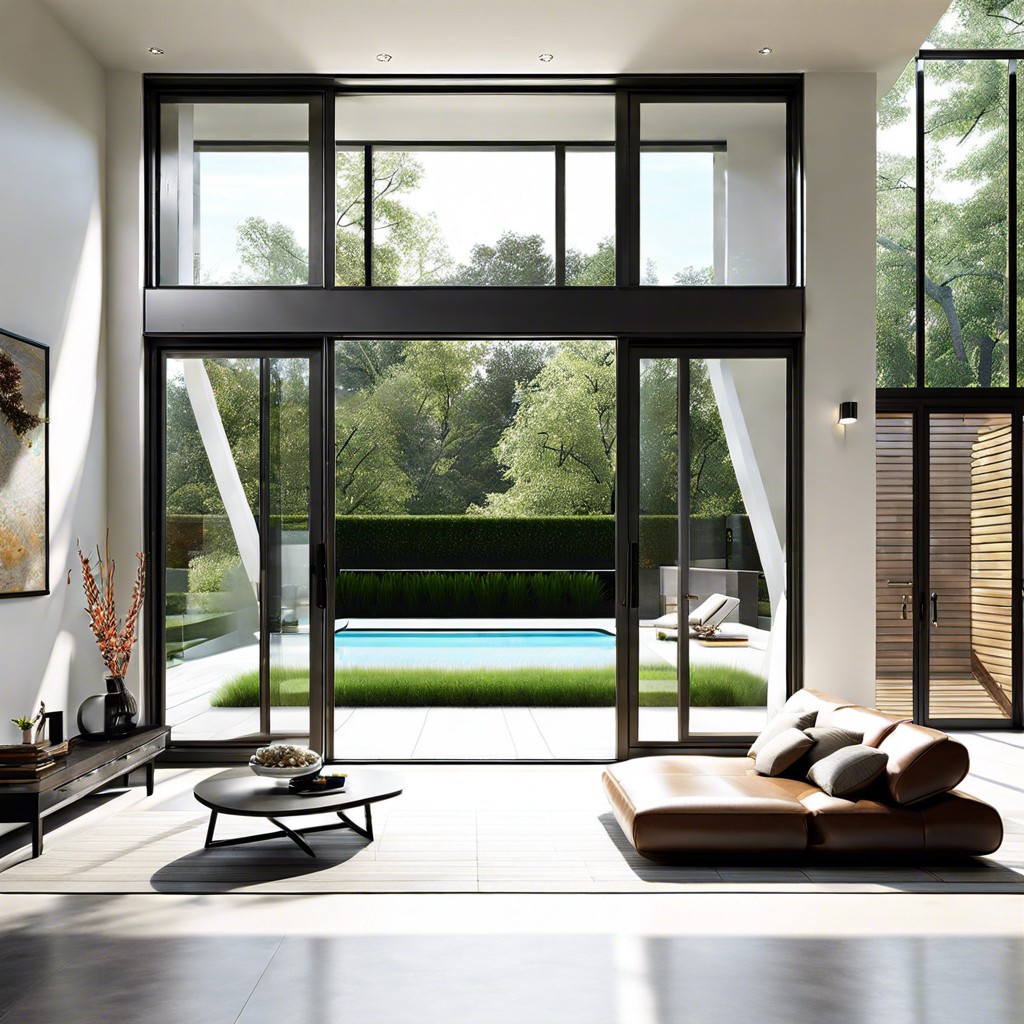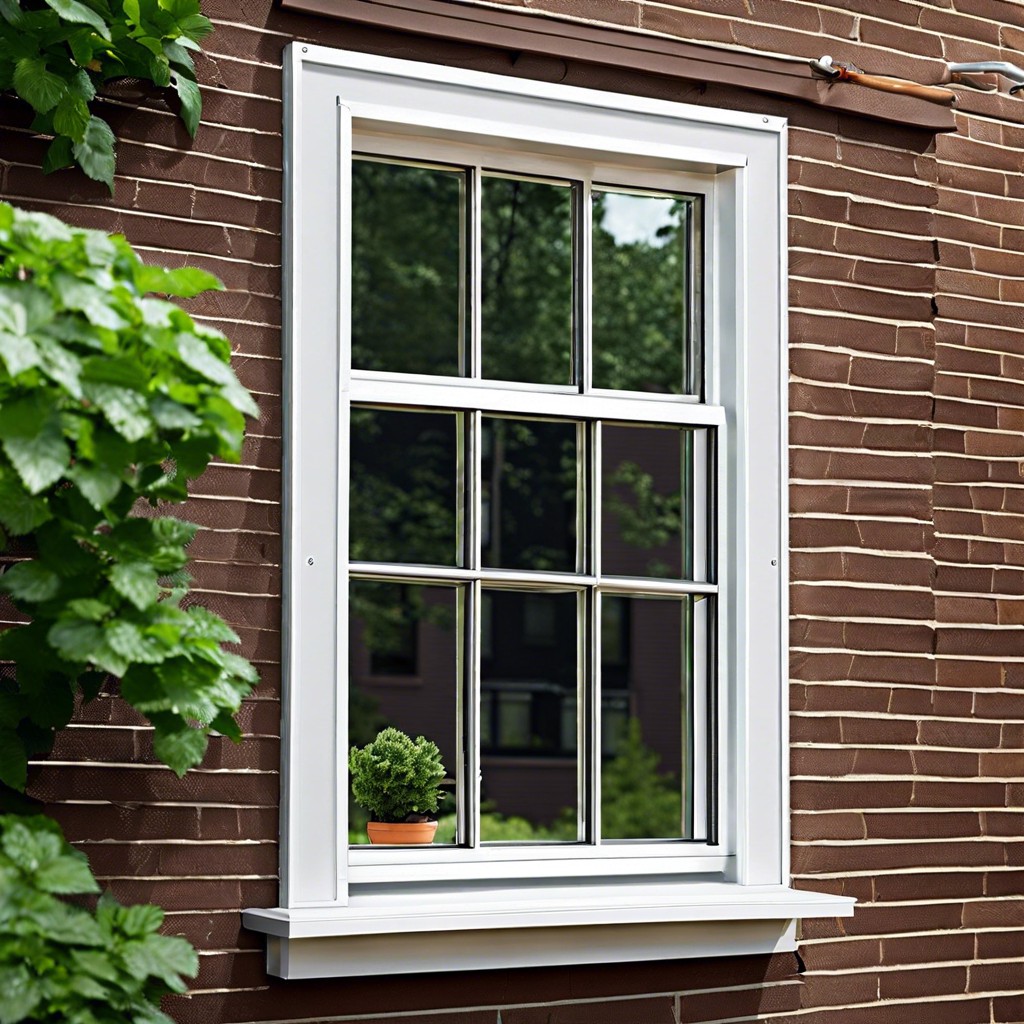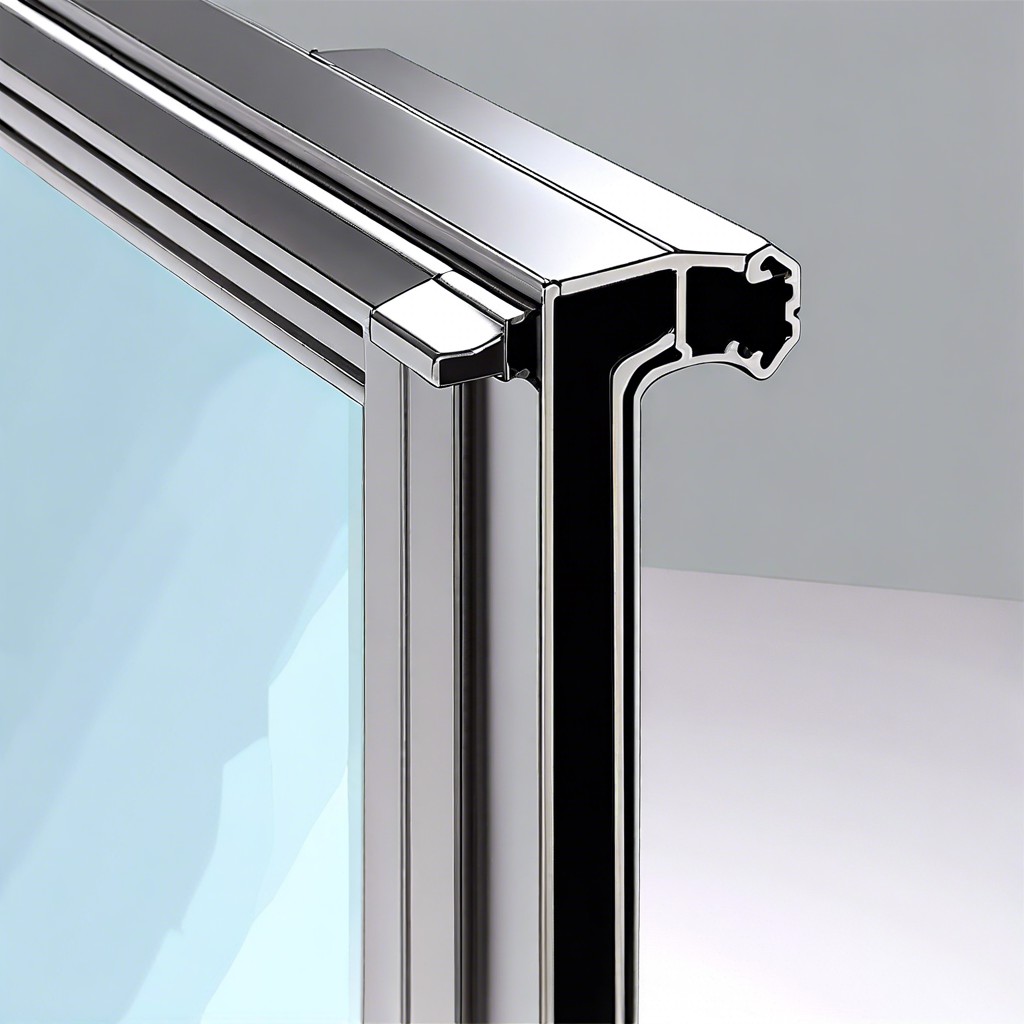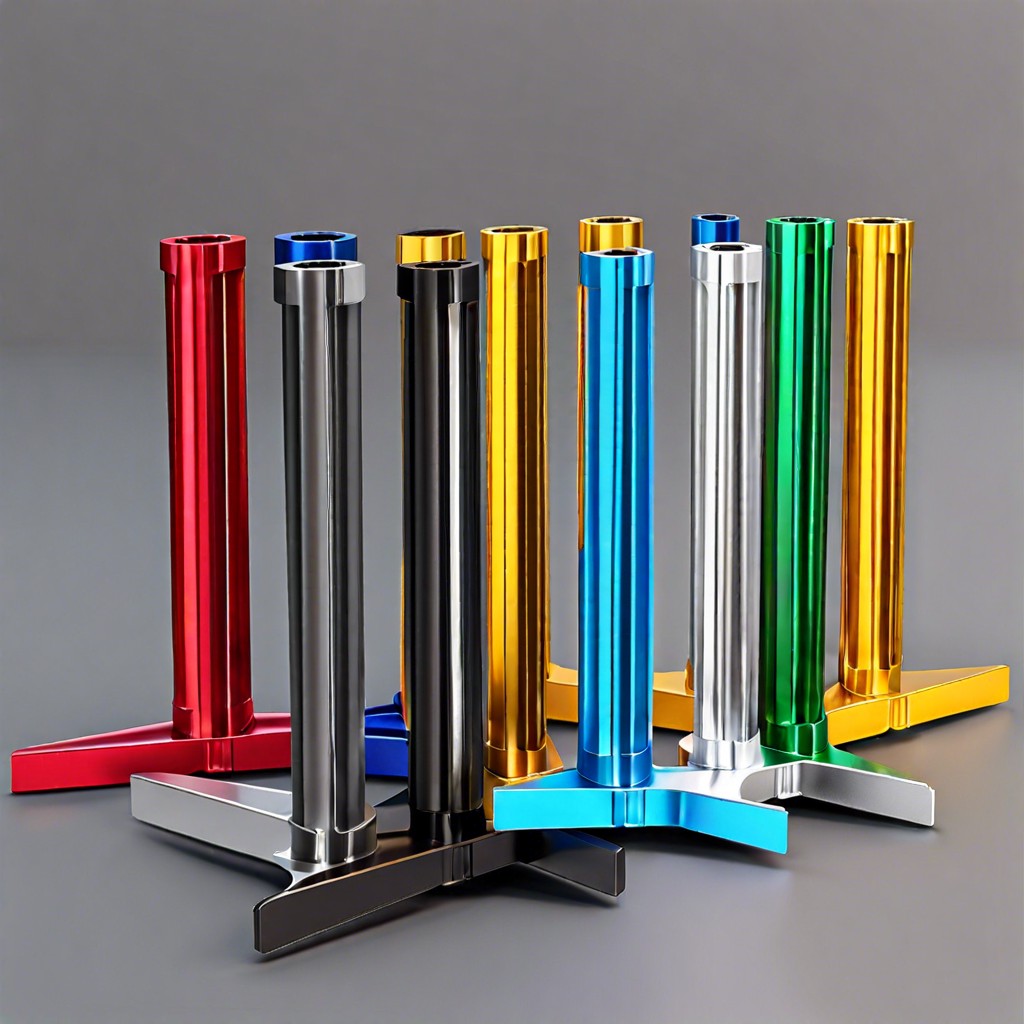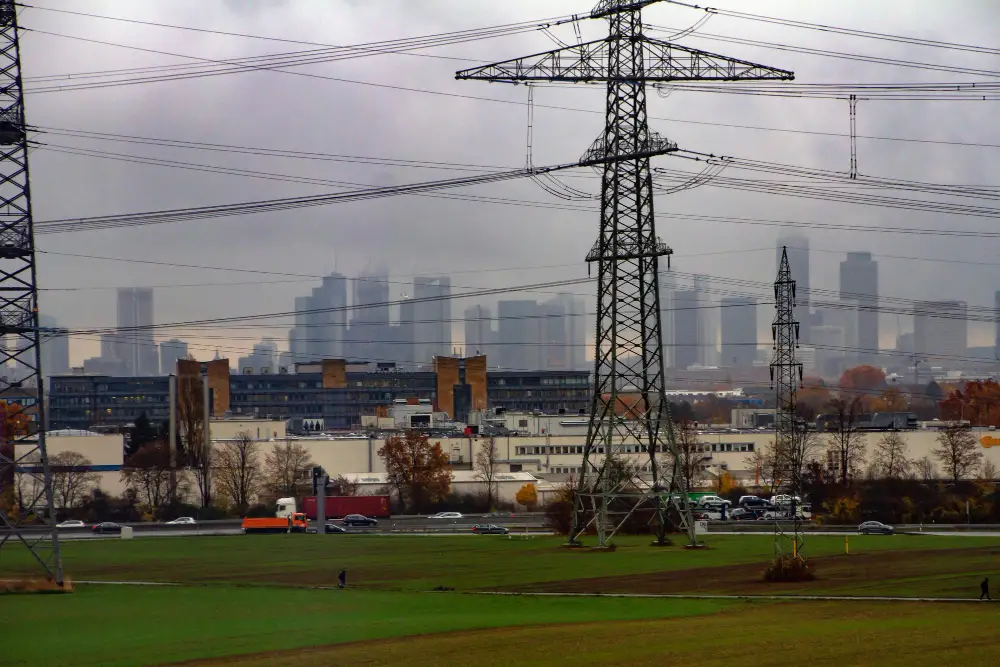Learn about the factors that affect window energy performance and how they can impact your home’s energy efficiency.
One factor that has become increasingly important in recent years is window energy performance.
With rising energy costs and concerns about climate change, homeowners are looking for ways to make their homes more efficient and environmentally friendly. And when it comes to achieving these goals, windows play a crucial role.
But what exactly affects window energy performance? And how can you ensure that your windows are doing their job effectively?
In this post, we’ll explore some of the key factors that impact window energy efficiency – from materials and coatings to installation techniques – so you can make informed decisions when it comes time to upgrade your home’s windows.
Window Material
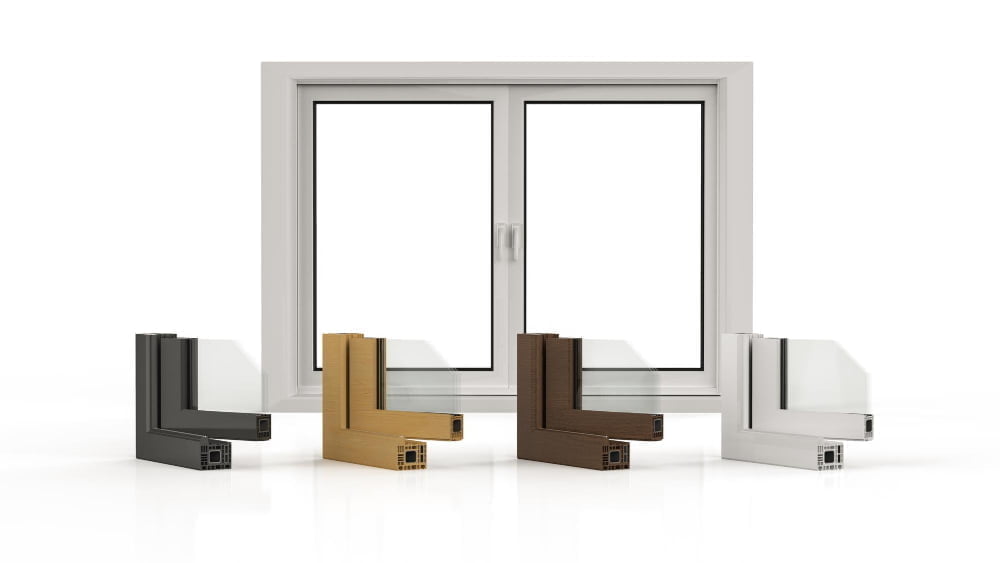
One of the most important factors that affect window energy performance is the material used to make them. As a homeowner, you have several options to choose from, including wood, vinyl, fiberglass and aluminum.
Each material has its own unique properties that can impact how well your windows insulate your home.
For example, wood frames are known for their natural insulation properties and classic look but require regular maintenance such as painting or staining. Vinyl frames are low-maintenance and affordable but may not be as durable in extreme weather conditions compared to other materials like fiberglass or aluminum.
When I was researching replacement windows for my home last year, I found it helpful to weigh the pros and cons of each material before making a decision. Ultimately I chose fiberglass because it offered excellent thermal performance while also being strong enough to withstand harsh weather conditions.
No matter which window frame material you choose though – keep in mind that proper installation is key! Even high-quality materials won’t perform well if they’re not installed correctly by an experienced professional who follows industry best practices.
Glass Type
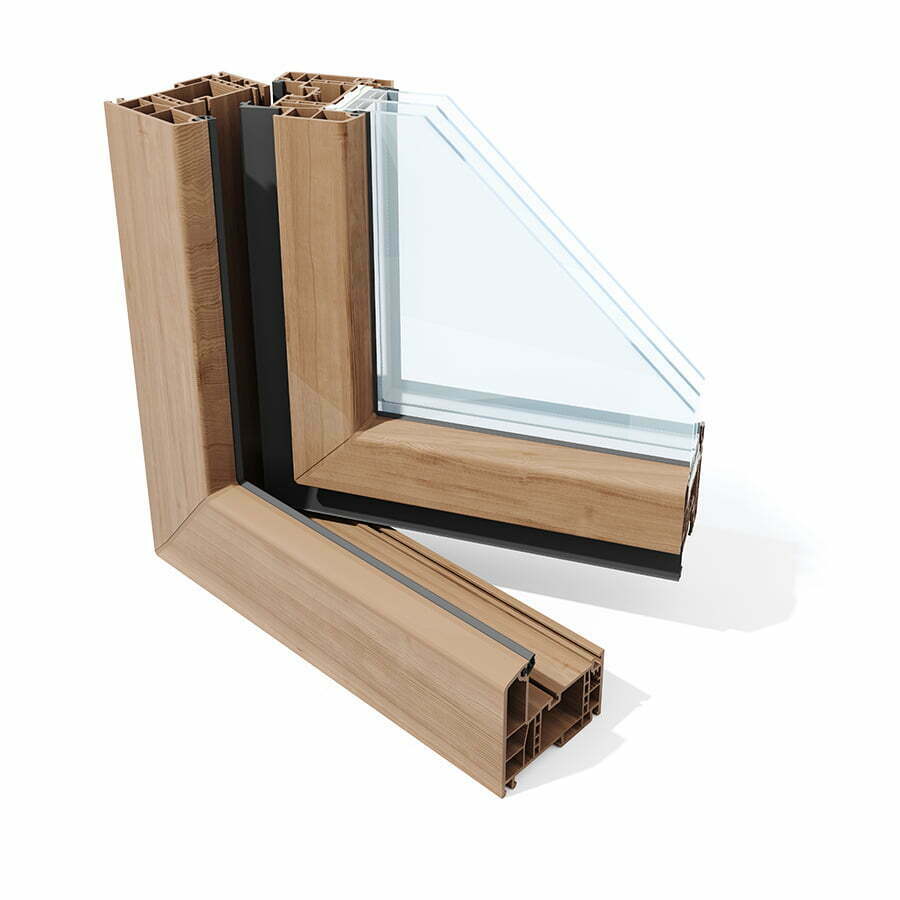
When it comes to window energy performance, the type of glass used is a critical factor. In recent years, there has been a surge in popularity for double and triple-pane windows that feature multiple layers of glass with insulating gas in between.
These types of windows are highly effective at reducing heat transfer and can significantly improve your home’s energy efficiency.
But not all double or triple-pane windows are created equal – the type of glass used can make a big difference in terms of performance. For example, low-emissivity (low-e) coatings on the surface of the glass can help to reflect heat back into your home during colder months while blocking out unwanted solar radiation during warmer months.
Another option is using spectrally selective coatings which allow visible light through but block infrared radiation from entering or leaving your home. This helps keep indoor temperatures more consistent throughout different seasons.
When choosing new windows for your home, be sure to consider both the number and quality of panes as well as any additional features like low-e or spectrally selective coatings that could impact their overall energy performance. By doing so you’ll ensure that you’re making an informed decision about one important aspect affecting window energy efficiency!
Frame Design
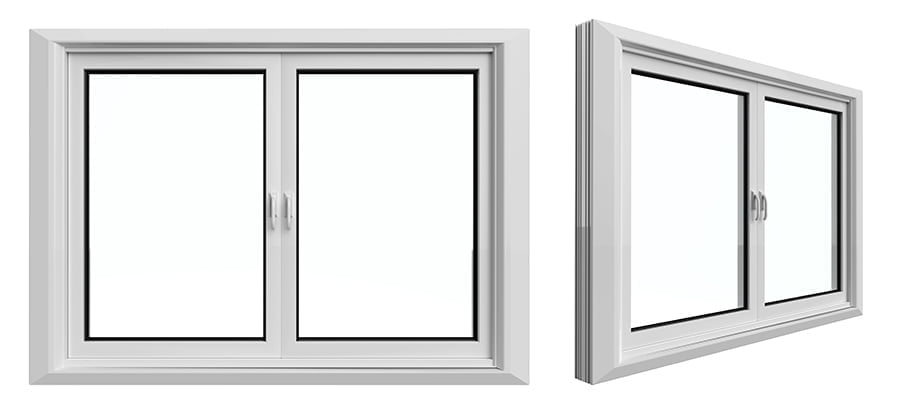
The design of the frame is a crucial factor to consider. The frame not only supports the glass but also plays a significant role in preventing air leakage and heat transfer.
One popular material for window frames is vinyl, which offers excellent insulation properties and requires minimal maintenance. However, not all vinyl frames are created equal – thicker walls can provide better insulation than thinner ones.
Another option is wood frames, which offer natural insulation properties and an attractive aesthetic. However, they require more upkeep than other materials such as aluminum or fiberglass.
Ultimately, choosing the right frame design depends on your specific needs and preferences. Consider factors such as climate conditions in your area and how much maintenance you’re willing to do before making a decision.
By taking into account all these factors affecting window energy performance like Frame Design when selecting new windows for your home renovation project or replacement windows will help ensure that you get maximum efficiency from them while keeping costs down over time!
Glazing Layers
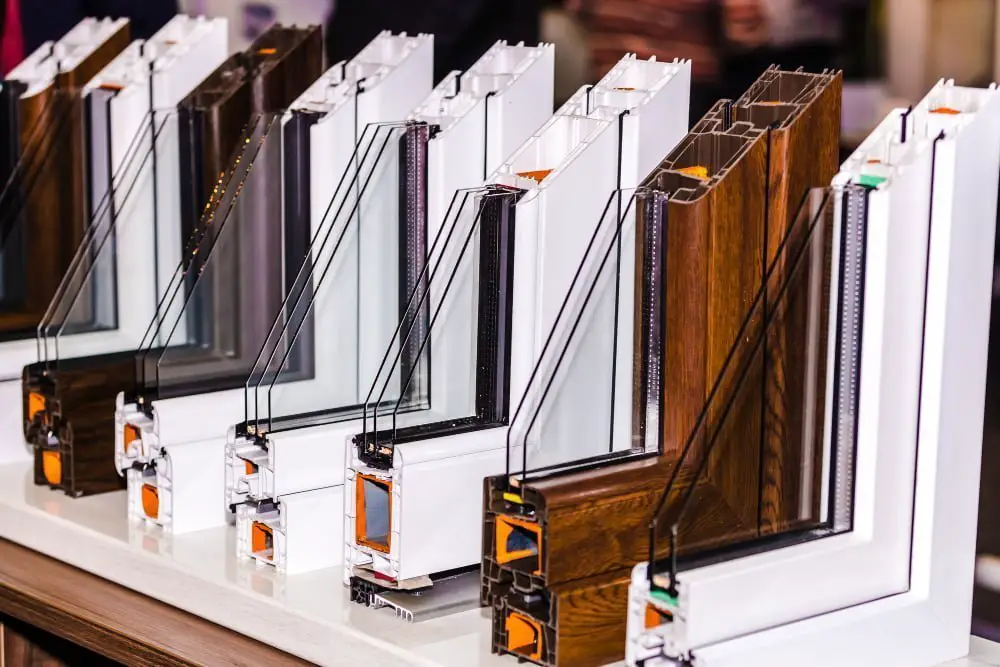
One of the most important factors that affects window energy performance is the number and type of glazing layers used in a window. Glazing refers to the glass or plastic panes that make up a window, and adding additional layers can help improve insulation and reduce heat transfer.
For example, double-glazed windows have two panes of glass with an insulating layer between them, while triple-glazed windows have three panes with two insulating layers. These extra layers help to trap air between them which acts as an effective barrier against heat loss.
But it’s not just about adding more glazing – choosing the right type of coating for your windows can also make a big difference in their energy efficiency. Low-emissivity (low-e) coatings are designed to reflect infrared radiation back into your home during cold weather months while allowing visible light through so you don’t lose natural lighting benefits.
When selecting new windows for your home, be sure to consider how many glazing layers they offer as well as what types of coatings are available. By doing so you’ll ensure maximum comfort inside regardless if it’s hot or cold outside!
Gas Fillings
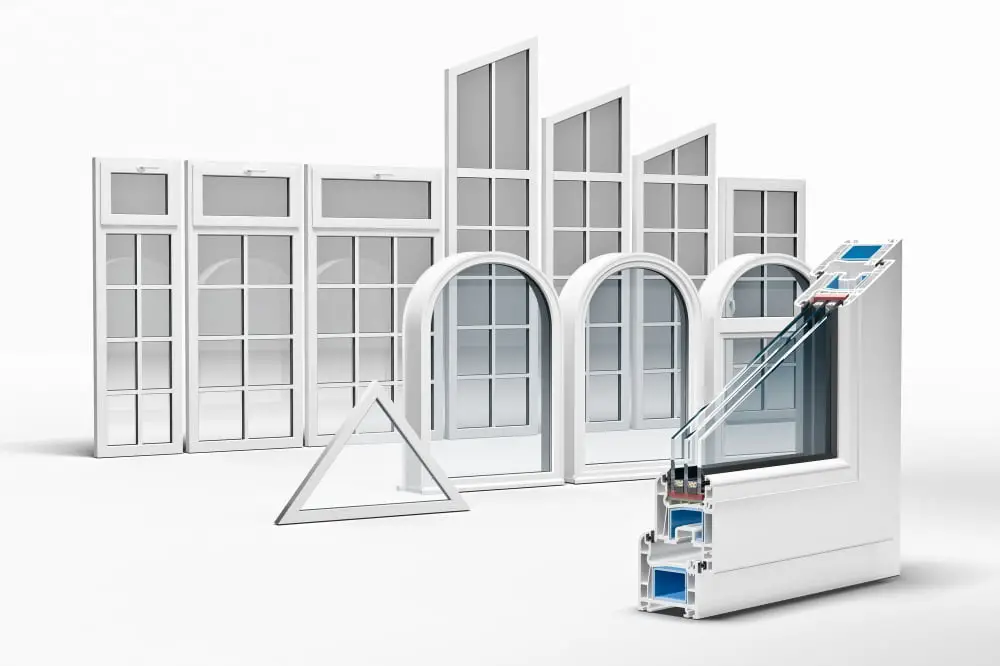
One factor that can significantly impact the energy performance of your windows is the type of gas filling used between the panes. In recent years, many manufacturers have started using gases like argon or krypton to fill the space between double- or triple-pane windows.
These gases are denser than air and provide better insulation, helping to reduce heat transfer through your windows.
But not all gas fillings are created equal – some offer better performance than others depending on factors like climate and window design. For example, argon is a popular choice for moderate climates because it provides good insulation at an affordable price point.
Krypton, on the other hand, is more expensive but offers even better thermal performance and may be a good option for extreme climates.
When choosing new windows for your home, it’s important to consider both the type of gas filling used as well as its thickness (referred to as “fill percentage”). A higher fill percentage means there’s less air in between each pane – which can improve energy efficiency but also increase cost.
By understanding these nuances in window technology you’ll be able make informed decisions when selecting new products that will help keep you comfortable while saving money on heating bills!
Low-E Coatings

One of the most important factors that can impact window energy performance is the type of coating used on the glass. Low-emissivity (Low-E) coatings are a popular choice for homeowners looking to improve their windows’ efficiency.
These coatings work by reflecting heat back into your home during colder months, while also blocking out unwanted solar radiation in warmer weather. This means that you’ll be able to maintain a more consistent indoor temperature year-round, without relying as heavily on heating and cooling systems.
But not all Low-E coatings are created equal – there are different levels of reflectivity and shading available depending on your specific needs. For example, if you live in an area with harsh sunlight or extreme temperatures, you may want to opt for a higher level of shading to keep your home comfortable.
When it comes time to choose new windows or upgrade existing ones, make sure you ask about the type and quality of Low-E coating being used. A reputable installer should be able to provide detailed information about how each option will affect energy performance and overall comfort in your home.
Spacer Bars
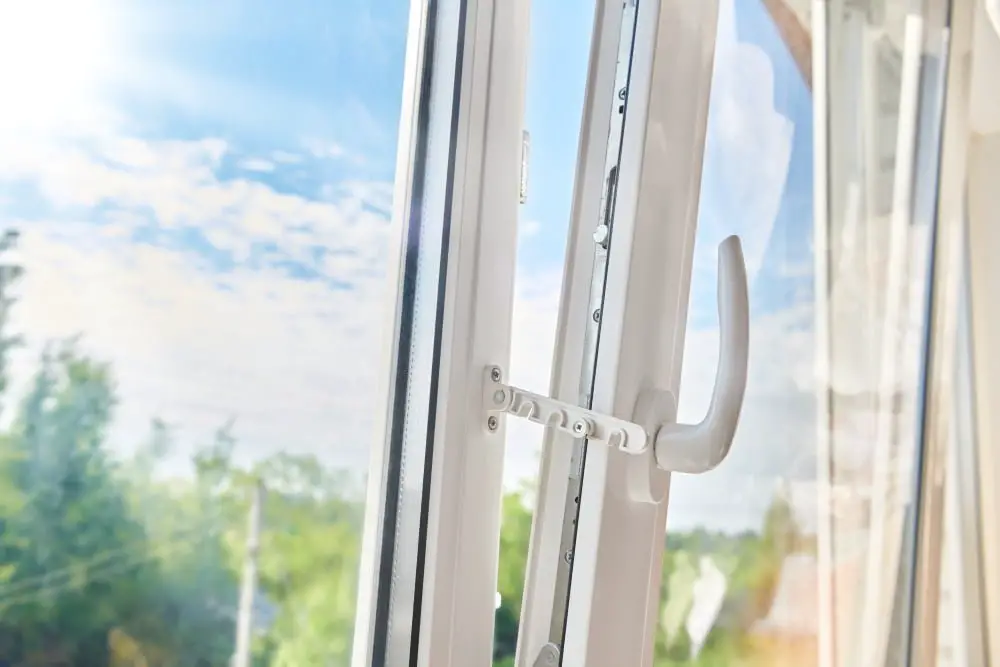
Another important factor that affects window energy performance is the spacer bar. Spacer bars are the strips of material that separate the panes of glass in a double- or triple-glazed window.
They play a critical role in maintaining the integrity and insulation of these windows.
In older windows, metal spacer bars were commonly used, which could conduct heat and cold between the panes of glass, reducing their overall efficiency. However, modern spacers are typically made from materials like vinyl or fiberglass that have much lower thermal conductivity.
But not all spacers are created equal – some designs can still allow for significant heat transfer between panes if they’re not properly installed or sealed. That’s why it’s important to work with an experienced installer who understands how to select and install high-quality spacer systems for your new windows.
By paying attention to factors like spacer bars when selecting new windows for your home, you can ensure that you’re getting maximum energy efficiency benefits from this investment – helping you save money on heating and cooling costs while also reducing your environmental impact over time.
Recap
